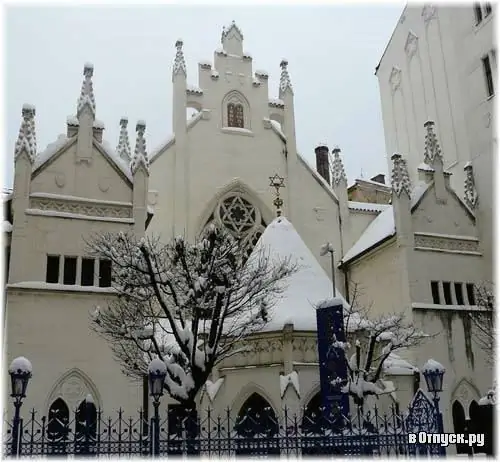
Description of the attraction
It was built in 1590-1592 by the head of the Jewish city Mordechai Maisl, who financed the extensive rebuilding of the ghetto in the Renaissance style. The synagogue was built under the leadership of Joseph Val and Judah Goldschmid de Hertz. The original building suffered extensive damage during a fire in 1689, after which the building was rebuilt in the Baroque style. After rebuilding in the neo-Gothic style by A. Grott in 1893-1905, the synagogue largely lost its Baroque features. The three-nave layout of the main nave and the added women's galleries have been preserved from the original Renaissance disposition.
Currently, the Maisel Synagogue serves as an exhibition space and storage for the Jewish Museum. The first part of the exhibition History of Jews in Bohemia and Moravia from settlement to the beginning of emancipation illustrates the course of the history of Jews in the Czech lands from the 10th century to the end of the 18th century. The introductory part introduces historical information about the emergence of the Jewish settlement in Bohemia and Moravia. And also with the legal and social status of Jews in the medieval state. Particular attention is paid to the Renaissance era, associated both with the construction of synagogues, and with the name of their founder, Mordikhai Maisl. Traditional Jewish enlightenment is represented by the works of outstanding scholars who occupied the posts of rabbis and rectors of Talmudic schools in the Czech and Moravian Jewish communities (Rabbi Liwa, David Oppenheim).






